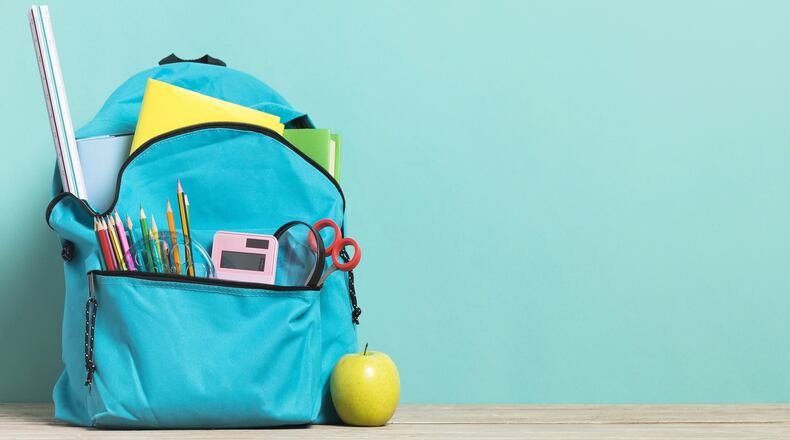The number of Gwinnett County Public Schools students who have faced discipline this school year is about the same as it was before the pandemic, according to the district.
School district leaders said there are still too many incidences. They want to bring those numbers down, but need to figure out how.
“Unfortunately, the data appears to be trending high,” said school board member Everton Blair after hearing a presentation at a recent meeting. He asked staff to dig into the cause and see if schools have additional needs.
Across the country, school districts have reported student behavior changes after returning to in-person learning from online classes. Some have reported an increase in violent incidents.
School officials and others have raised concerns about overly harsh punishments and the effects of removing students from school.
Eric Thigpen, the Gwinnett district’s director of academic support, said 17% of high school students — more than 10,000 total — have faced discipline since the school year started in August.
Among middle school students, the total is about 4,500 students or 10%. Disciplinary incidents are much less common among elementary school students.
Gwinnett has nearly 180,000 students and is the state’s largest school district.
Thigpen provides a monthly discipline report to the board of education. At this month’s meeting, he said the number of students who faced discipline in last fall’s semester was about the same as the amount in the fall of 2019. He did not go into detail about the severity of the incidents.
But more often than in previous years, students faced detention, warnings or teacher conferences in the fall of 2021, he said. These measures allowed the students to remain in class.
Classes were digital rather than in-person in the fall of 2020, leading to much lower numbers that semester.
Superintendent Calvin Watts said the district’s focus should not be on allotting discipline. He said staff may need more training to respond to misbehaving students.
Watts also said he wanted to see more data to monitor and respond to behavioral trends.
The goal, he said, was for students to be “disciplined enough to be in control of their own behaviors.”
About the Author
Keep Reading
The Latest
Featured

